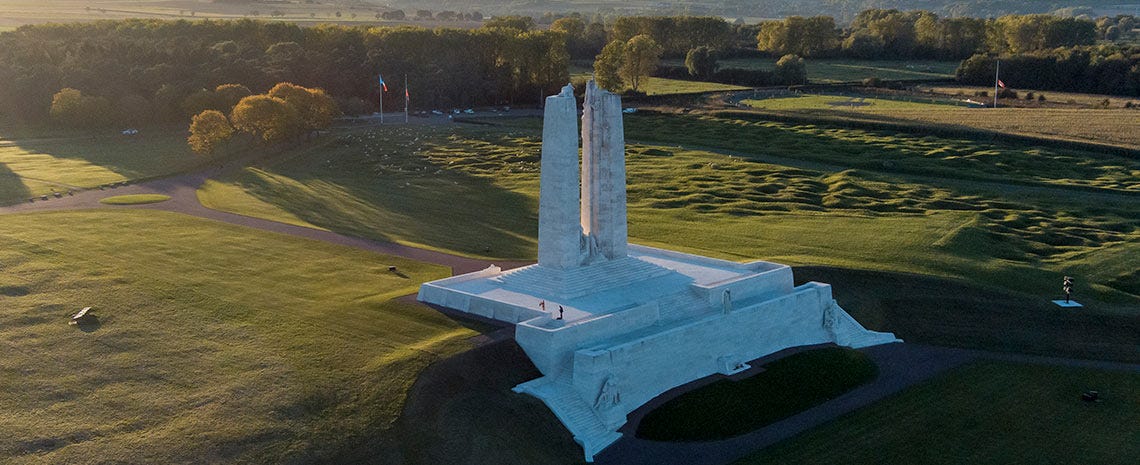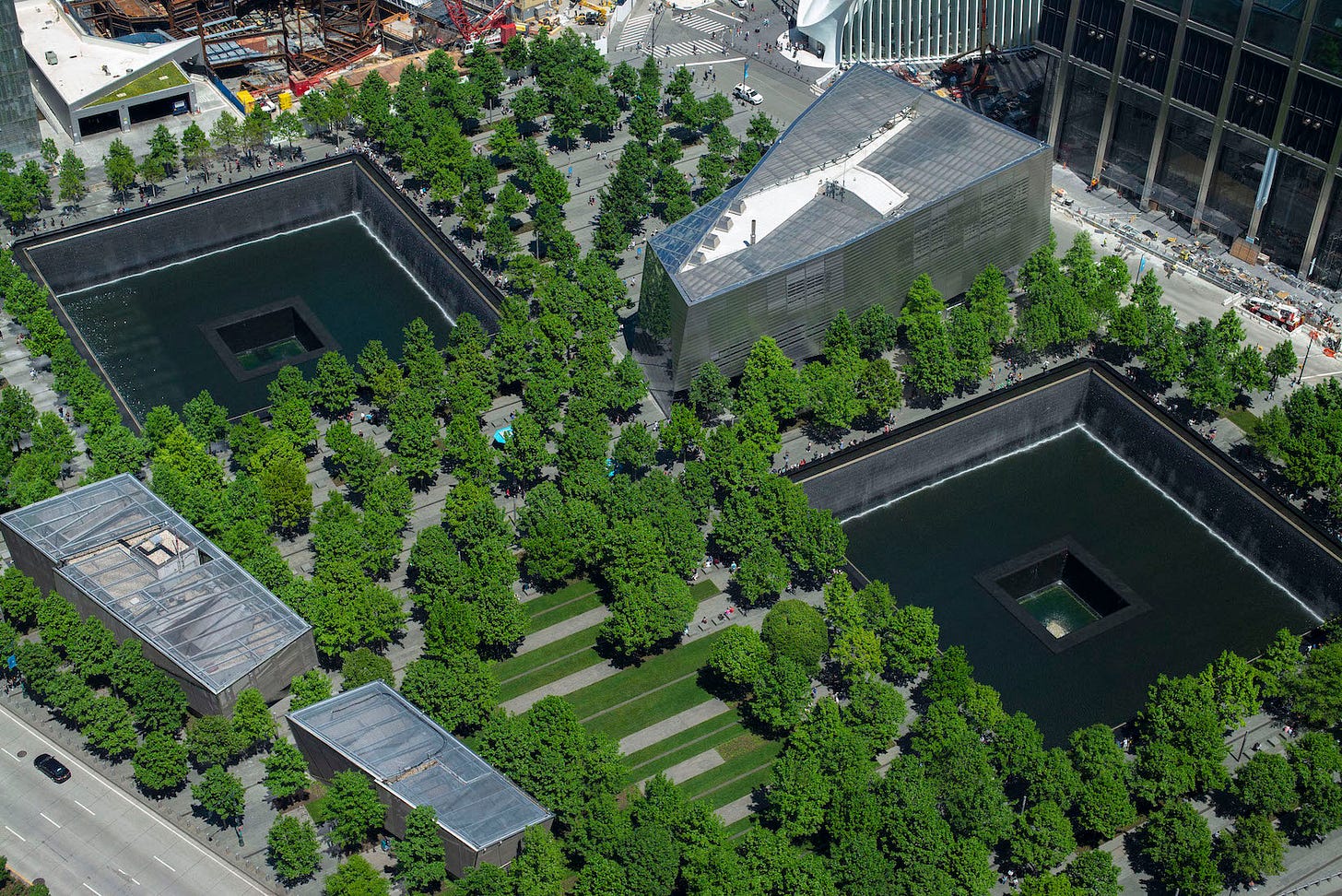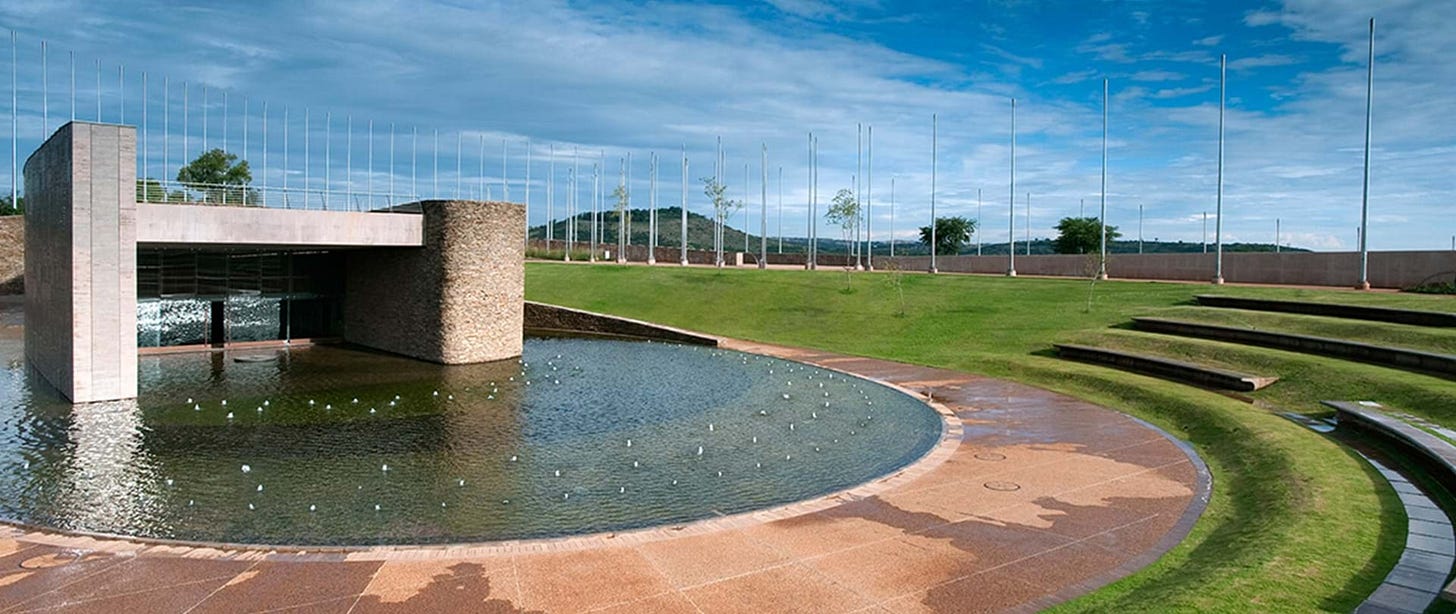Designing Memory Landscapes
Parks and Gardens That Preserve and Evoke Historical Narratives
Across the world, parks and gardens designed to evoke historical narratives play an essential role in preserving cultural heritage, fostering reflection, and educating the public. These carefully curated spaces, bridge the gap between the past and the present by creating environments where history and nature intertwine. From preserved battlefields and ancient ruins to sites commemorating resilience after tragedy, these landscapes offer a unique way to honor history, promote understanding, and inspire hope for the future.
Let’s delve into the significance of memory landscapes, examining their role in preserving history, facilitating reflection, educating the public, symbolizing resilience, and encouraging dialogue. Along the way, we explore powerful examples that highlight how memory landscapes enrich our understanding of the past.
Preserving History in Physical Form
History often leaves behind physical traces—monuments, ruins, and markers that tell stories of triumph, tragedy, and perseverance. Memory landscapes ensure that these remnants of the past are preserved, providing tangible connections to historical events. By protecting these spaces, they allow future generations to witness and engage with history in a meaningful way.
Vimy Ridge Memorial (France) serves as a testament to the bravery of Canadian soldiers during World War I. The preserved trenches, cratered battlefields, and a towering limestone monument transport visitors back to the harrowing events of the war. Vimy Ridge not only honors the soldiers who fought and died there but also ensures that the lessons of the Great War remain accessible to all.
Preserving such landscapes is not merely about protecting artifacts; it is about preserving the emotions, sacrifices, and memories they hold. The physicality of these sites makes history tangible, inviting visitors to stand where history was made.
Promoting Reflection and Emotional Connection
One of the most profound aspects of memory landscapes is their ability to evoke deep emotional responses. Designed to foster reflection, they connect visitors to the personal and collective stories of humanity’s triumphs and struggles. These spaces often serve as sites of mourning, remembrance, and healing.
Hiroshima Peace Memorial Park (Japan) offers a solemn reminder of the devastating effects of nuclear warfare. The park includes the preserved ruins of the Atomic Bomb Dome, the Peace Memorial Museum, and the Peace Flame, which will burn until the world is free of nuclear weapons. Visitors are encouraged to reflect not only on the tragedy of August 6, 1945, but also on the enduring importance of peace and reconciliation.
The emotional power of these landscapes lies in their ability to connect people across time and space. By standing in a memory landscape, visitors can experience a shared sense of loss, resilience, and hope, fostering empathy and understanding.
Educating the Public Through Immersive Experiences
Memory landscapes are open-air classrooms, inviting visitors to learn about history in ways that books and lectures cannot replicate. Interpretive signs, guided tours, and interactive exhibits bring history to life, transforming abstract concepts into vivid, tangible experiences.
Alhambra Gardens (Spain) offer more than stunning views of Islamic architecture; they immerse visitors in the rich history of Moorish rule in medieval Spain. The carefully preserved palaces, courtyards, and lush gardens provide insight into the artistic and scientific achievements of the Nasrid Dynasty while reflecting the region’s cultural and religious diversity.
By weaving history into the fabric of these landscapes, designers create spaces where learning feels natural and engaging. Visitors leave with a deeper understanding of the events, cultures, and people that shaped the world.
Symbolizing Resilience and Rebirth
Memory landscapes are often built on sites of great loss or tragedy. By transforming these spaces into symbols of renewal and hope, they emphasize humanity’s ability to overcome adversity. They remind us that even in the darkest times, there is the potential for healing and growth.
Ground Zero Memorial (USA) stands as a powerful symbol of resilience following the September 11, 2001 attacks. The two enormous reflecting pools mark the footprints of the former Twin Towers, surrounded by the names of the nearly 3,000 victims. Nearby, One World Trade Center rises as a beacon of hope and renewal, representing the enduring strength of the human spirit.
Through their careful design, these landscapes allow visitors to grieve, reflect, and find inspiration in the stories of those who endured and rebuilt.
Bridging Nature and Culture
Memory landscapes frequently blend historical significance with natural beauty, creating spaces that honor both cultural and environmental heritage. This integration of nature and history enhances the aesthetic appeal of the landscapes while encouraging visitors to consider the interconnectedness of humanity and the natural world.
Stonehenge (England) is not only one of the world’s most iconic prehistoric monuments but also a memory landscape that harmonizes with the surrounding open plains of Salisbury. Visitors are invited to contemplate the relationship between ancient civilizations and their environment, as well as the enduring mysteries of this sacred site.
By combining nature and culture, memory landscapes inspire a sense of wonder and reverence for the past, while also promoting environmental stewardship.
Encouraging Dialogue and Reconciliation
Memory landscapes often serve as spaces for dialogue, promoting understanding and reconciliation between communities or nations. By commemorating shared histories or acknowledging past conflicts, they encourage reflection on lessons learned and foster hope for a more united future.
Freedom Park (South Africa) celebrates the country’s hard-won democracy and honors those who fought against apartheid. The park’s indigenous gardens, sculptures, and memorial wall create a space for South Africans to reflect on their shared history and embrace the ideals of unity and equality.
These landscapes remind us that history is not just about remembering the past but also about shaping the future. By confronting difficult histories and celebrating shared victories, memory landscapes pave the way for healing and progress.
A Living Connection to the Past
Memory landscapes are far more than parks or gardens—they are sacred spaces that preserve history, inspire reflection, and promote understanding. From the preserved trenches of Vimy Ridge to the solemn pools of Ground Zero, these landscapes tell stories of courage, resilience, and transformation.
By inviting visitors to experience history through nature and design, memory landscapes ensure that the lessons of the past remain vivid and relevant. They serve as bridges between generations, connecting people to the triumphs and tragedies that shaped the world.
Ultimately, memory landscapes are an act of storytelling, one that transcends time and geography. As we walk through these spaces, we are reminded not only of where we have been but also of where we must go, guided by the enduring lessons of history.










